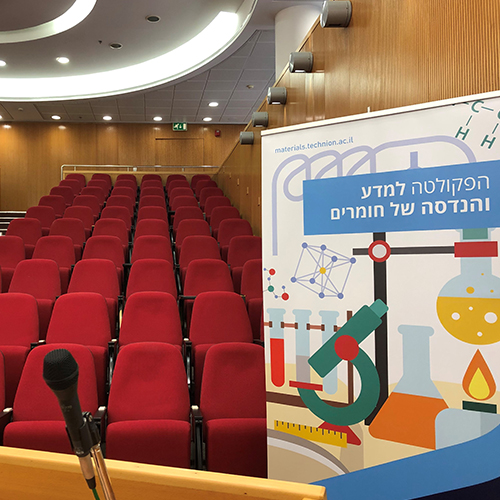
Ms. Xin Su – M.Sc. Candidate
20/07/2025
ZOOM
13:30 - Jerusalem time / 18:30 - Beijing time
In electromigration, lattice atoms migrate under the influence of electric current; it is considered to be one of the most significant mechanisms responsible for microstructural changes. So far, electromigration studies have been conducted mainly in the context of integrated circuits and nanoelectronic devices, where current-driven grain boundary (GB) motion has been observed experimentally. In this seminar, we will present a semi-quantitative computational atomistic model for current-driven GB motion. The model is formulated by calculating the current-induced force on atoms in the vicinity of a GB using quantum transport methods and incorporating the force into a previously developed microstructural evolution model through an effective potential. Whereas lattice vacancies are known to move in the direction of electron current, our calculations predict that Σ-5 GBs in aluminum move against the direction of electron current. Our model may provide better understanding of current-driven microstructure evolution, thereby helping to exploit the role of electromigration in microstructure design.


